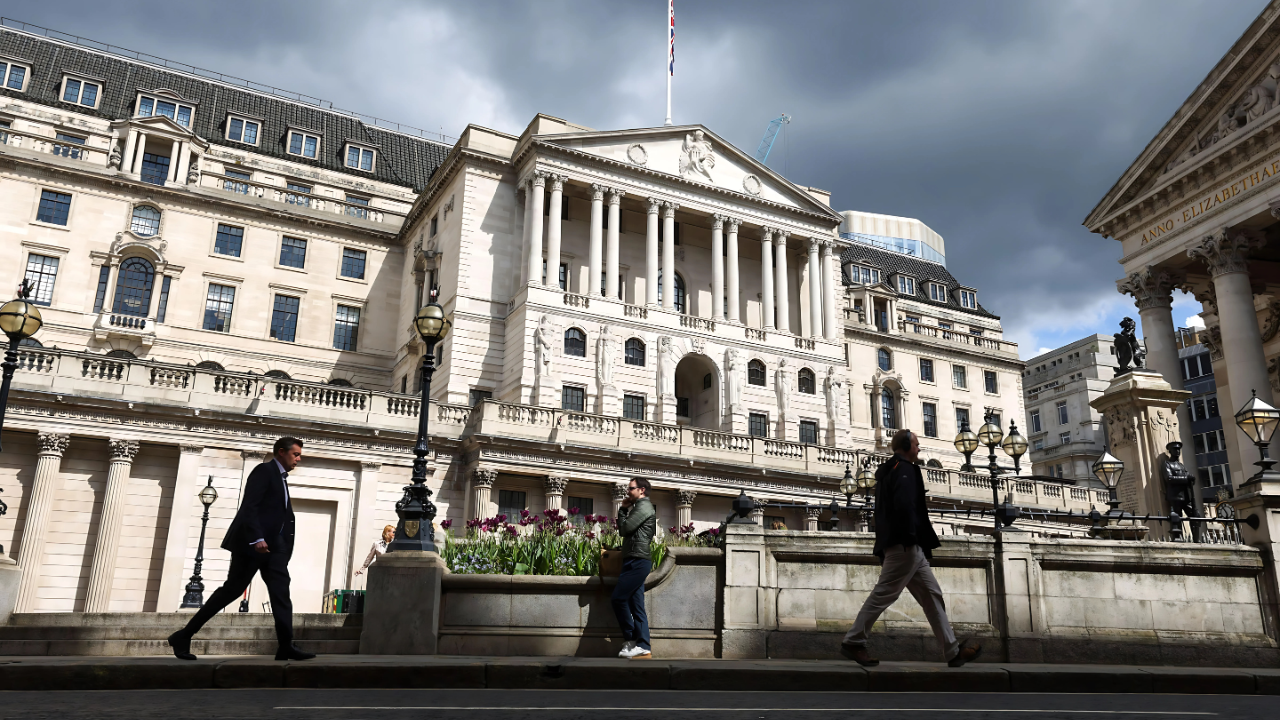
By: Swarnalata
Published on: Jun 18, 2025
London's FTSE 100 index (^FTSE) and other major European stock markets saw a positive surge on Wednesday, driven by encouraging news of a slowdown in UK inflation. The latest figures from the Office for National Statistics (ONS) revealed that the Consumer Prices Index (CPI) eased to 3.4% in May, a welcome drop from April's 3.5%. This aligns with economists' predictions, although it still remains comfortably above the Bank of England's (BoE) 2% target.
The primary force behind this slowdown was a significant easing in transport costs. In the 12 months leading up to May, transport prices saw a modest increase of 0.7%, a substantial decline from the 3.3% rise recorded in April. This shift was largely influenced by several factors: a drop in airfares (which had experienced a spike in April), a decrease in petrol prices, and the rectification of an error in vehicle excise duty prices. The ONS highlighted that transport made the largest downward contribution to inflation, offering some relief to household budgets.
However, it wasn't all downward pressure. The ONS noted that food, furniture, and household goods provided upward momentum, partially offsetting the gains from reduced transport costs. This illustrates the complex interplay of various sectors on the overall inflation picture.
Adding to the positive sentiment, core inflation, which strips out volatile components like food and energy, also showed a promising trend. It softened from 3.8% to 3.5%, once again matching forecasts. This suggests a broader easing of price pressures across the economy, which is a key indicator the BoE closely monitors.
Despite the encouraging inflation data, money markets largely anticipate the Bank of England to hold interest rates steady on Thursday. Traders are currently penciling in only a 10% chance of a rate cut at this week's meeting. The general consensus among market participants is that an August reduction appears more likely. Furthermore, the City is still anticipating two more quarter-point cuts to the base rate by the end of the year, from its current level of 4.25%. This suggests a gradual unwinding of the tight monetary policy enacted to combat inflationary pressures.
The current economic landscape presents a delicate balancing act for the Bank of England. While inflation is trending in the right direction, it's not yet at the desired 2% target. The central bank will need to carefully assess the persistence of these disinflationary trends and the overall health of the economy before committing to further rate cuts. Any premature moves could risk reigniting inflationary pressures, while holding rates too high for too long could stifle economic growth.
For consumers, the easing of transport costs, particularly petrol prices, offers a tangible benefit. Lower fuel costs can free up disposable income, potentially boosting consumer spending in other areas. However, the continued upward pressure from food and household goods suggests that cost-of-living challenges persist for many households.
Businesses, particularly those reliant on transport for their operations, will likely welcome the slowdown in transport cost increases. This could translate to lower operational expenses and improved profit margins. However, the broader economic outlook, including consumer demand and global supply chain stability, will continue to influence business decisions.
The global economic environment also plays a crucial role. While the UK's inflation figures are showing improvement, external factors such as geopolitical events, commodity price fluctuations, and the economic performance of major trading partners can all impact the UK's inflation trajectory.
Looking ahead, all eyes will be on the Bank of England's decision on Thursday. While a rate cut is not widely expected, the accompanying statement and minutes will be scrutinized for any hints regarding the future path of monetary policy. Investors will be seeking clarity on the BoE's assessment of the economic outlook and its willingness to begin easing rates in the coming months. The market's current expectation of August and subsequent cuts hinges on continued progress in bringing inflation closer to target without jeopardizing economic stability.
The journey to sustainable 2% inflation is ongoing, and while May's figures offer a promising step in the right direction, the BoE will remain vigilant in its efforts to steer the economy towards price stability. The interplay of various economic forces, both domestic and international, will continue to shape the policy decisions that impact businesses and households across the UK.
Comments
No comments yet. Be the first to comment!
Leave a Comment